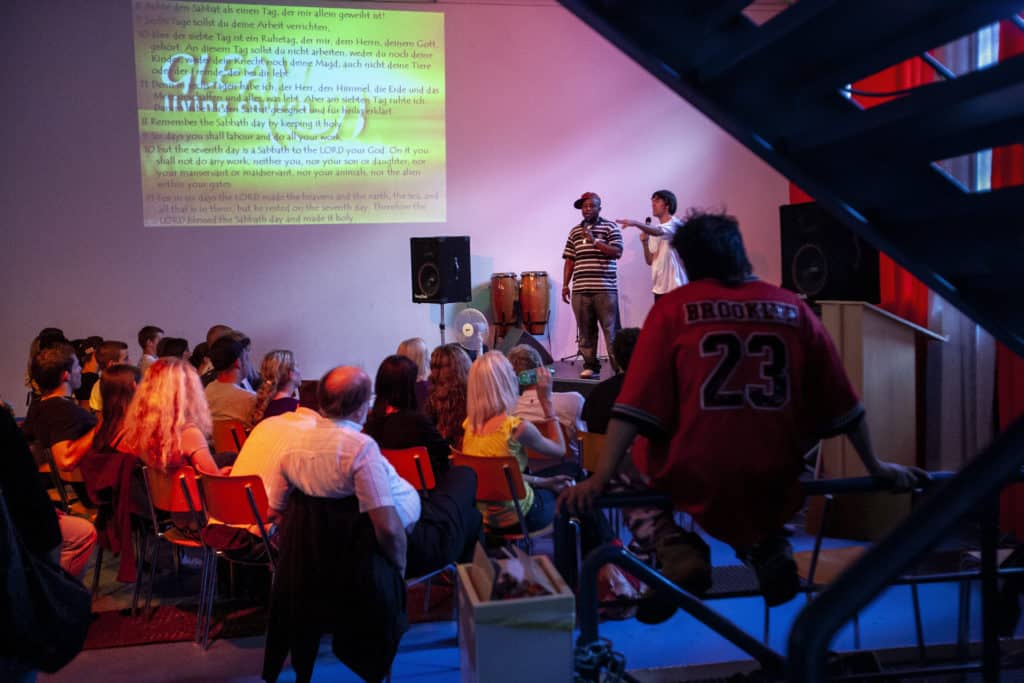Related Articles
Contextualization in the Local Church
As a third year student at the Instituto Biblico Buenos Aires I had had the rare opportunity to investigate evangelical youth work at its source. But, somehow, those principles so rigidly adhered to in the United States and Canada seemed both foreign and awkward in my own situation upon my return to Argentina.
Welcoming the Stranger
Presenter: Matthew Soerens, US Director of Church Mobilization, World Relief Description: Refugee and immigration issues have dominated headlines globally recently. While many American Christians view these…
Diffusion of Youth Ministry
By Anthony J. Gryskiewicz | Ministry to teenagers in continental Europe is less developed than in other parts of the world. While Western and Northern Europe report robust youth participation, youth ministry seems underdeveloped in Central and Eastern Europe. Noting that there are global commonalities to youth ministry and how innovation is diffused, a diffusion model of youth ministry could help global workers and local churches to develop and strengthen ministry to teens in continental Europe.
We’ve Got to Win the Younger World
Worldwide media, crises, family chaos, and urbanization make youth ministry extremely difficult.


